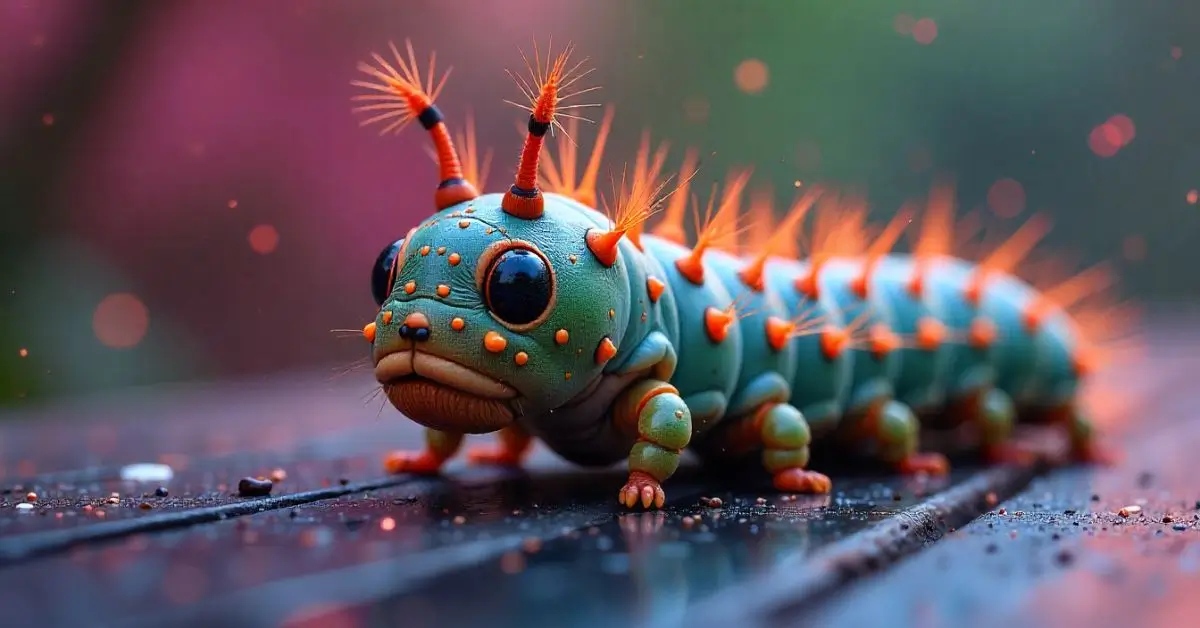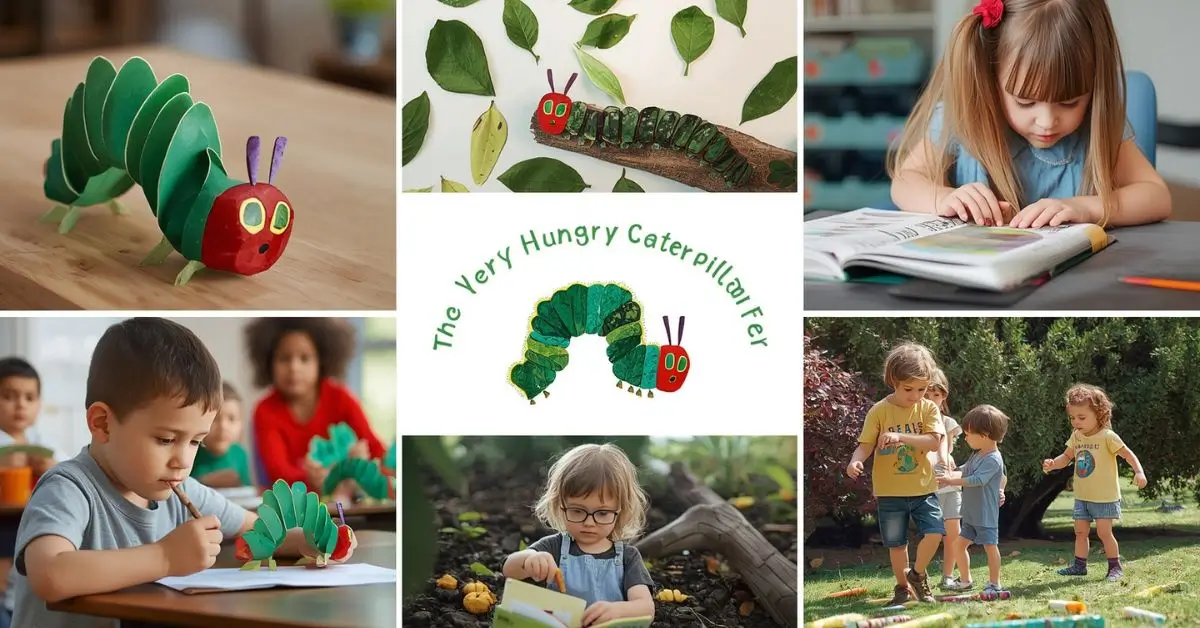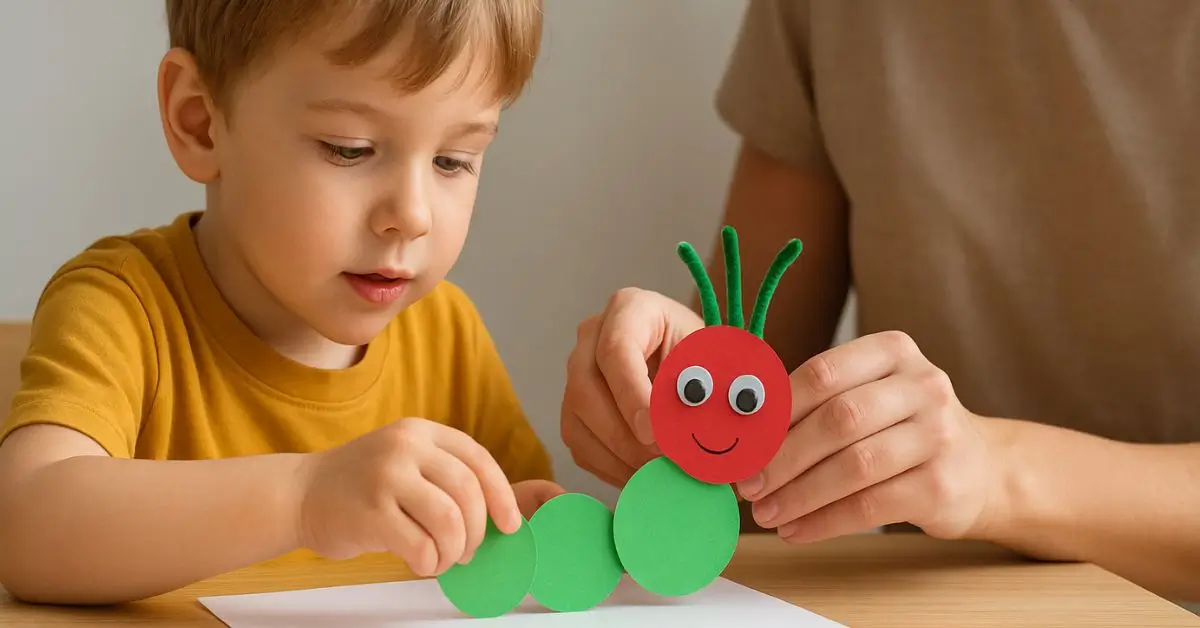If you’ve ever watched a child discover a caterpillar inching along a leaf, you know the joy it brings. Kids are naturally curious about these tiny creatures, and that curiosity can spark a love for science, storytelling, and creativity. But here’s the challenge: how do you turn a simple caterpillar sighting into an engaging activity that’s both fun and educational?
Whether you’re a parent looking for weekend projects, a preschool teacher planning a lesson, or a homeschooling family exploring nature, this guide gives you fresh, practical ideas. You’ll find caterpillar activities for kids, crafts you can do at home, outdoor exploration ideas, and even resources to teach life cycles in a way kids won’t forget.
Quick Answer
Caterpillar fun is all about mixing play with learning — from hands-on crafts and outdoor nature walks to storytime and classroom games, these activities help kids explore the fascinating world of caterpillars in an exciting, memorable way.
Why Caterpillars Are Perfect for Kids’ Learning

- Relatable creatures: They’re easy to spot in backyards, parks, and schoolyards.
- Teachable life cycles: Caterpillars transform dramatically into butterflies, making them perfect for science lessons (Harvard.edu).
- Cross-disciplinary appeal: They can inspire crafts, stories, games, and even math activities (NationalGeographic.com).
- Accessible resources: Affordable books, printable worksheets, and DIY kits are widely available (Scholastic.com).
Fun Caterpillar Activities for Kids

1. Caterpillar Crafts (Easy DIY Ideas)
- Egg carton caterpillars: Paint each section of an egg carton, add googly eyes, and pipe cleaners for legs.
- Paper chain caterpillar: Connect colorful paper loops and let kids design patterns.
- Leaf print art: Dip leaves in paint and stamp them on paper, drawing caterpillars crawling across.
Nature-Inspired Caterpillar Exploration
- Go on a “caterpillar hunt” in the garden or park.
- Keep a caterpillar observation journal: Draw, label, and note changes over time.
- Compare caterpillar sizes, colors, and patterns with magnifying glasses.
Storytime & Literacy Activities
- Read “The Very Hungry Caterpillar” and let kids retell the story with puppets.
- Create a word wall: Use caterpillar body segments to display new vocabulary.
- Host a caterpillar-themed reading corner with cushions, bug books, and story prompts.
Games and Classroom Play
- Caterpillar tag: Kids form a line and move like a caterpillar while the leader tries to escape.
- Life cycle hopscotch: Draw stages (egg, caterpillar, chrysalis, butterfly) on the ground and hop through.
- Counting caterpillar: Use pom-poms to build caterpillars while practicing math.
Learning Through Caterpillar Life Cycle Activities
Teaching the caterpillar-to-butterfly transformation makes science tangible.
- Classroom experiment: Order live caterpillar kits and watch metamorphosis firsthand.
- Life cycle wheel: Kids spin through the four stages.
- Interactive songs: Sing about each phase to reinforce memory.
EXPERT ANSWERS
What are some fun facts about caterpillars?
Caterpillars have up to 4,000 muscles, compared to humans’ 600. Some can mimic twigs for camouflage, while others are brightly colored to warn predators.
How do you teach kids about caterpillars in a fun way?
Mix stories, crafts, and outdoor exploration. Use hands-on observation and interactive games to balance play and science.
What do caterpillars eat for kids to learn?
Most caterpillars eat plant leaves, especially milkweed, oak, or nettle. Having kids collect safe leaves helps them understand diet.
Why are caterpillars important for kids’ education?
They introduce kids to biology, ecology, and environmental responsibility while encouraging curiosity and respect for nature.
FAQ’s
Q1. What are easy caterpillar crafts for preschoolers?
Egg carton caterpillars, pom-pom creatures, and paper chains are quick and safe for little hands.
Q2. Can caterpillar activities be done indoors?
Yes! Storytime, crafts, counting games, and printable worksheets work indoors. You can also raise caterpillars in containers.
Q3. How do homeschooling families use caterpillars for lessons?
Many integrate caterpillars into unit studies covering science, art, math, and reading. Observation journals and DIY projects are especially effective.
Author Bio
Written by Emily Carter, an experienced content writer specializing in education and family-friendly topics. With a background in English literature and years of crafting SEO-driven resources, Emily helps educators and parents find practical, creative ways to inspire young learners.rnal pages) that you could attach as a lead magnet for this article?
Unique Insights Competitors Often Miss
- Cross-curricular integration: Caterpillars aren’t just science; they can be part of math, reading, and even emotional growth (teaching patience while observing metamorphosis).
- Seasonal adaptation: Spring and summer activities differ — spring focuses on finding caterpillars, while summer often includes butterfly releases.
- Emotional connection: Kids learn empathy by gently handling and protecting caterpillars.
Sources & References
- Harvard.edu – https://harvard.edu
- NationalGeographic.com – https://www.nationalgeographic.com
- Scholastic.com – https://www.scholastic.com












